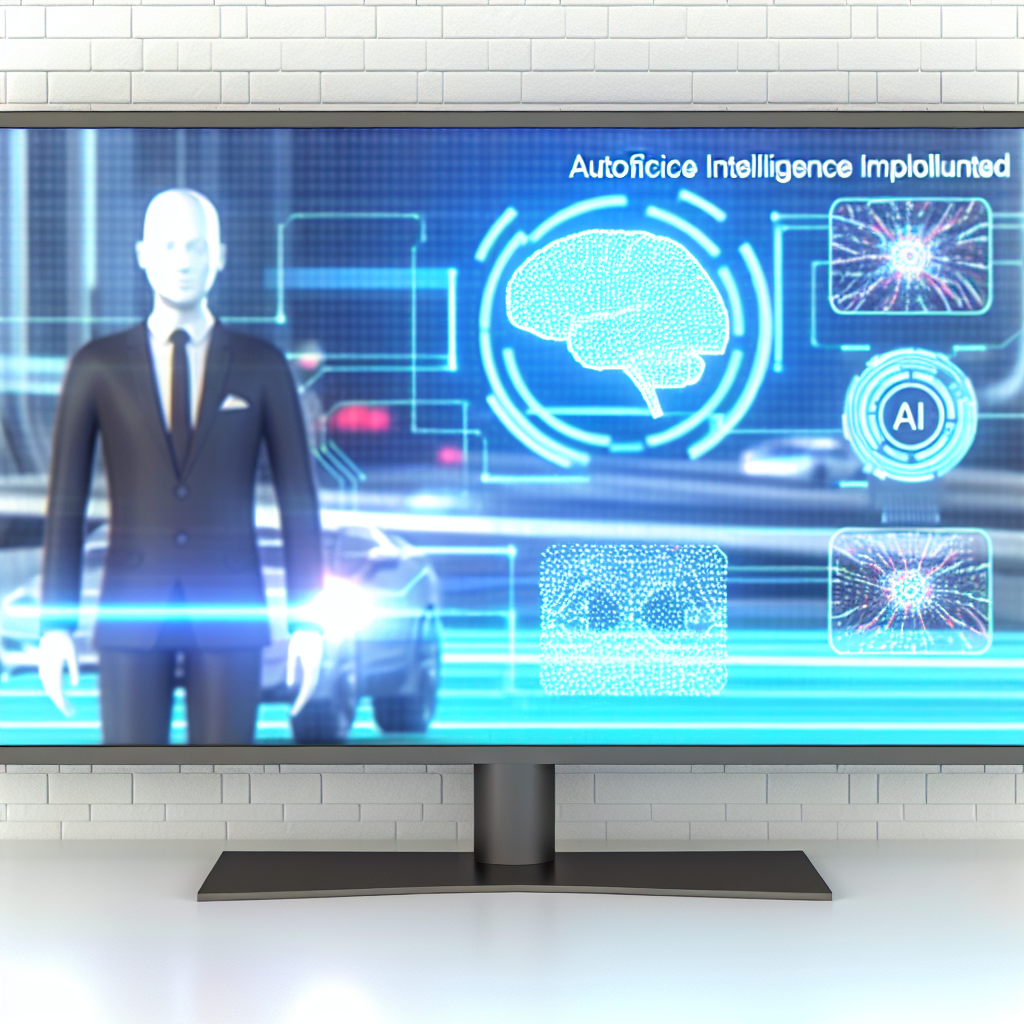-
- AI in Autonomous Traffic Systems: A Technical Guide
- Understanding Autonomous Traffic Systems
- Configuration Steps for Implementing AI in ATS
- Step 1: Define Objectives
- Step 2: Data Collection
- Step 3: Data Processing and Analysis
- Step 4: Model Development
- Step 5: System Integration
- Step 6: Testing and Validation
- Step 7: Deployment and Monitoring
- Practical Examples of AI in Autonomous Traffic Systems
- Example 1: Los Angeles, USA
- Example 2: Singapore
- Best Practices for AI in Autonomous Traffic Systems
- Case Studies and Statistics
- Conclusion
AI in Autonomous Traffic Systems: A Technical Guide

As urban populations continue to grow, the need for efficient traffic management becomes increasingly critical. Autonomous Traffic Systems (ATS) leverage artificial intelligence (AI) to optimize traffic flow, reduce congestion, and enhance road safety. This guide explores the configuration, implementation, and best practices for integrating AI into ATS, providing actionable insights for professionals in the field.
Understanding Autonomous Traffic Systems
Autonomous Traffic Systems utilize AI technologies to analyze real-time data from various sources, including traffic cameras, sensors, and GPS devices. By processing this data, ATS can make informed decisions to manage traffic signals, predict congestion, and improve overall transportation efficiency.
Configuration Steps for Implementing AI in ATS
Implementing AI in Autonomous Traffic Systems involves several key steps. Below is a structured approach to achieve a successful configuration:
Step 1: Define Objectives
- Identify specific traffic management goals (e.g., reducing wait times, improving safety).
- Establish key performance indicators (KPIs) to measure success.
Step 2: Data Collection
- Deploy sensors and cameras at critical intersections.
- Gather historical traffic data for analysis.
- Utilize GPS data from vehicles to understand traffic patterns.
Step 3: Data Processing and Analysis
- Implement machine learning algorithms to analyze collected data.
- Use data preprocessing techniques to clean and prepare data for modeling.
Step 4: Model Development
- Choose appropriate AI models (e.g., neural networks, decision trees).
- Train models using historical data to predict traffic conditions.
Step 5: System Integration
- Integrate AI models with existing traffic management systems.
- Ensure real-time data feeds are established for dynamic decision-making.
Step 6: Testing and Validation
- Conduct simulations to test system performance under various scenarios.
- Validate model predictions against real-world outcomes.
Step 7: Deployment and Monitoring
- Deploy the system in a controlled environment before full-scale implementation.
- Continuously monitor system performance and make adjustments as necessary.
Practical Examples of AI in Autonomous Traffic Systems
Several cities worldwide have successfully implemented AI-driven traffic systems. Here are a few notable examples:
Example 1: Los Angeles, USA
Los Angeles has integrated AI into its traffic management system, utilizing real-time data from over 4,500 traffic signals. The system adjusts signal timings based on current traffic conditions, resulting in a 20% reduction in congestion during peak hours.
Example 2: Singapore
Singapore’s Smart Traffic Management System employs AI algorithms to predict traffic flow and adjust traffic signals accordingly. The system has led to a 15% decrease in travel time across the city.
Best Practices for AI in Autonomous Traffic Systems
To enhance the performance and reliability of AI in ATS, consider the following best practices:
- Ensure data quality by regularly calibrating sensors and cameras.
- Implement robust cybersecurity measures to protect data integrity.
- Engage stakeholders, including city planners and law enforcement, in the development process.
- Continuously update AI models with new data to improve accuracy.
Case Studies and Statistics
Research indicates that cities implementing AI in traffic management can see significant improvements:
- A study by the Institute of Transportation Engineers found that AI systems can reduce traffic delays by up to 30%.
- According to a report from McKinsey, cities that adopt smart traffic solutions can save up to $1 trillion in economic costs by 2030.
Conclusion
Integrating AI into Autonomous Traffic Systems presents a transformative opportunity for urban traffic management. By following the outlined configuration steps, leveraging practical examples, and adhering to best practices, cities can significantly enhance traffic flow, reduce congestion, and improve safety. As technology continues to evolve, the potential for AI in traffic systems will only grow, making it essential for professionals to stay informed and proactive in their implementation strategies.